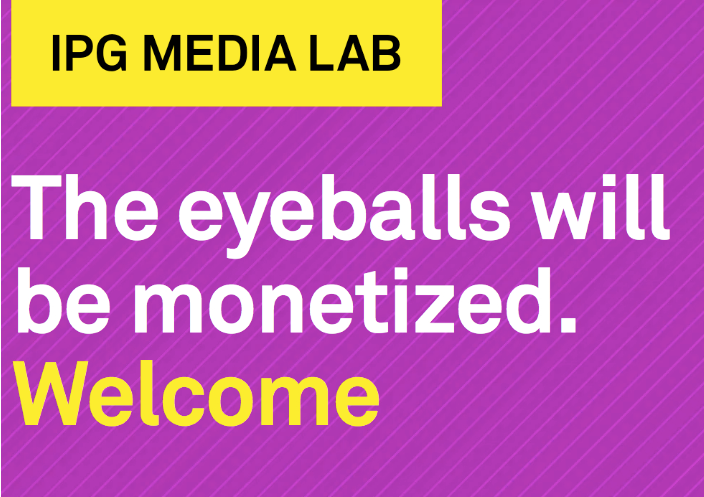Some of the mobile industry’s top thought leaders gathered at the VentureBeat Mobile Summit to discuss challenges facing businesses and brands today. Five major themes emerged:
- There’s money buried in mobile data: Foursquare’s Steven Rosenblatt spoke about how the company has grown tremendously in the last three years simply by using mobile data to generate marketable ideas.
- Mobile isn’t limited to messaging: Hilton now allows its HHonors loyalty program members to check-in, choose their room, and get their room key digitally, all through their mobile device.
- Young people want what they want, when they want it—or else, forget it: Brian Wong, founder of Kiip, and MC Hammer stressed that mobile must align with the right moments to capture young consumers and satisfy their immediate wants and needs.
- Measurement is essential: Jeremy Wascksman of Zillow stated that the company now has more data scientists and economists than performance marketers because of the intense need to uncover mobile attribution.
- Omni-channel provides consumer insights for both big and small companies: Amielle Lake, co-founder and current CRO of Tagga, explained how smaller companies with lower budgets could take advantage of tracking consumer experiences through email, SMS, social engagement, mobile engagement, and websites, allowing them to compete with national chains.



